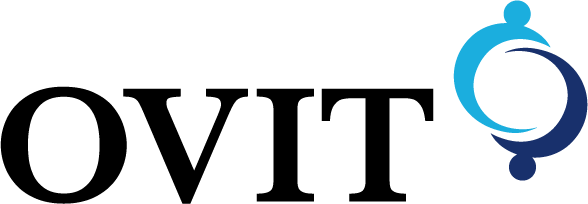Image Recognition and Image Inspection
Image recognition is a technology to "extract information from an image". Character recognition, face recognition...
Extending the concept, it also includes dimensional and area measurement from images.
It is realized by setting where, how, and what kind of information is extracted from an image.
In image inspection based on image recognition, the information retrieved is evaluated to determine whether it is good or bad.
This method is very technically demanding and academically very significant.
However, image inspection of industrial products does not necessarily require such advanced technology.
The story is simple,
There is an absolute "positive" in industrial products, which is "other good products.
If the image is exactly the same as this "positive," we have no choice but to judge it as "positive.
There is no more reliable method.
The only question is how to absorb the fluctuation that "positive" has.
Only when there is too much variation and a clear "positive" cannot be defined, "recognition" should be performed, and if the "information" is correct, it should be OK.
After all, image inspection devices in the world think too hard.
Why is it necessary to perform "recognition" in image inspection, where you know what is coming, if the robot is intelligent? I think the setting for "recognition" is the main culprit that makes image inspection difficult.
I'm sure there are counterarguments, but finally.
Image inspection should not spill out defective products even 1/10000.
No matter what kind of defects come in, 100% of the defects must be rejected.
Zero false positives are required.
However, the biggest advantage is that "positive" can be defined.
Recognition" and "inspection" have different requirements.
Just keeping this in mind will change the way you think about "images".

